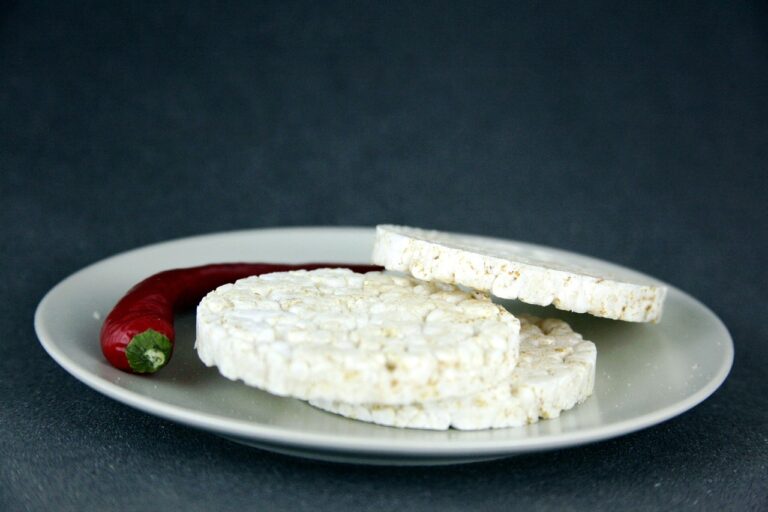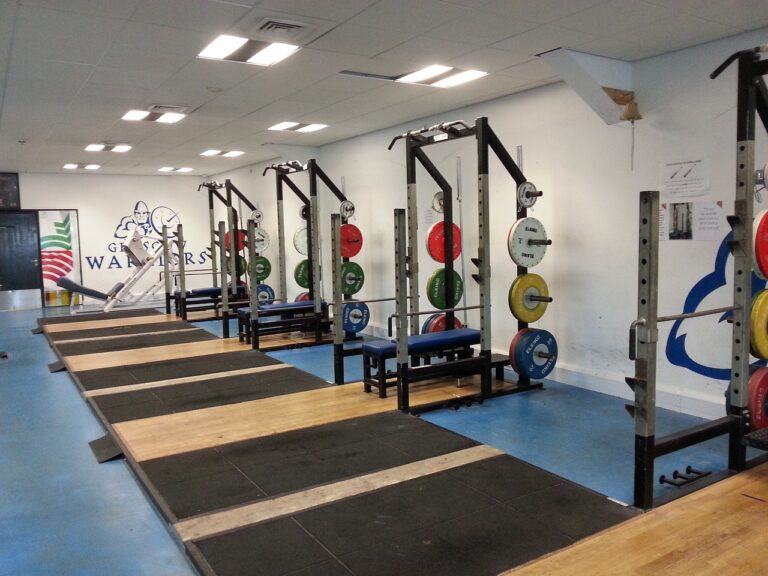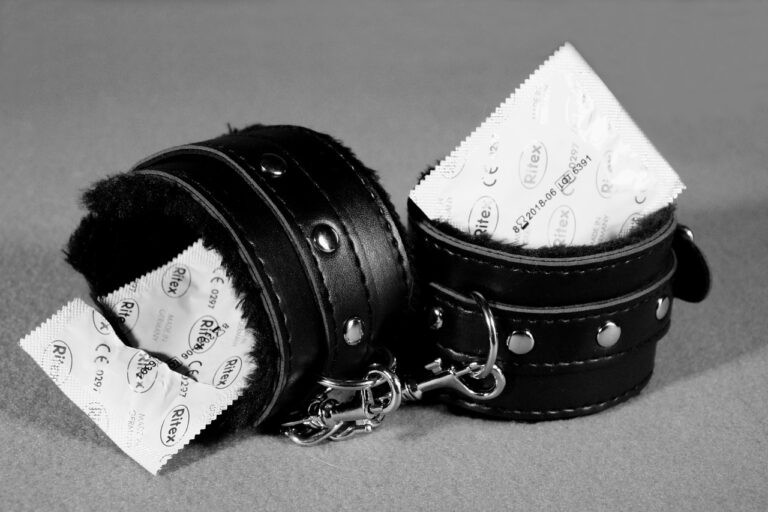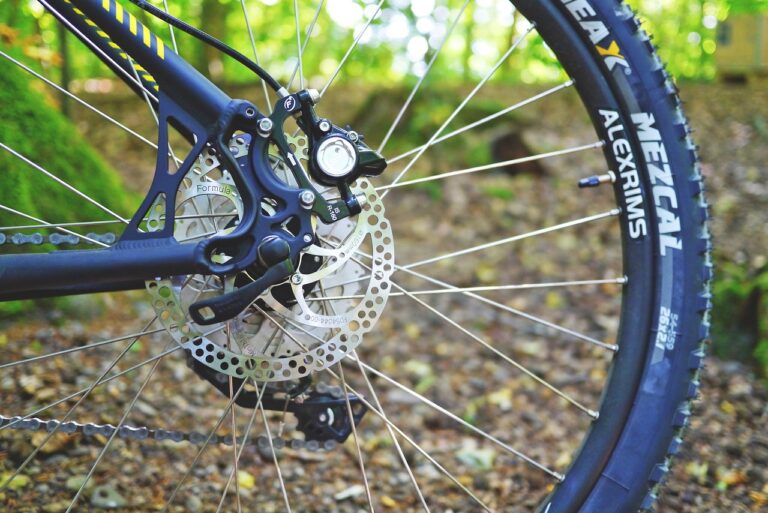The Benefits of Reflexology in Hospice Care: 11xplay reddy login password, 24 betting login india sign up, Skyinplay.com login
11xplay reddy login password, 24 betting login india sign up, skyinplay.com login: Reflexology is a type of complementary therapy that involves applying pressure to specific points on the feet, hands, or ears to promote relaxation, reduce pain, and improve overall well-being. In hospice care, where patients are facing end-of-life challenges, reflexology can offer a range of benefits that contribute to their comfort and quality of life.
1. Pain Management: Reflexology has been shown to help reduce pain levels in hospice patients, providing a natural alternative to medication. By stimulating certain reflex points, reflexologists can help target pain in specific areas of the body, such as the back, head, or joints.
2. Stress Relief: End-of-life care can be extremely stressful for both patients and their loved ones. Reflexology can help promote relaxation and reduce anxiety, allowing patients to find moments of peace and tranquility during a difficult time.
3. Improved Sleep: Many hospice patients struggle with sleep disturbances due to pain, anxiety, or medications. Reflexology can help promote better sleep patterns by inducing deep relaxation and reducing the symptoms that may disrupt sleep.
4. Enhanced Circulation: Reflexology can help improve blood flow and circulation in hospice patients, which can be particularly beneficial for those who are bedridden or have limited mobility. Better circulation can help reduce swelling, promote healing, and prevent bedsores.
5. Emotional Support: Reflexology can also offer emotional support to hospice patients by providing a compassionate touch and creating a safe space for expression. The holistic approach of reflexology can address the emotional and spiritual needs of patients, offering comfort and reassurance.
6. Non-Invasive Treatment: Reflexology is a non-invasive treatment that is gentle and safe for hospice patients. It can be easily incorporated into a patient’s care plan without causing any discomfort or side effects.
7. Complementary Therapy: Reflexology can be used alongside other forms of hospice care, such as medication, counseling, and physical therapy. It can complement existing treatments and enhance the overall care experience for patients.
8. Personalized Care: Reflexologists work closely with hospice teams to tailor their treatments to meet the individual needs and preferences of patients. Each session is customized to address specific symptoms, concerns, and goals, ensuring a personalized approach to care.
In conclusion, reflexology offers a range of benefits in hospice care, providing physical, emotional, and spiritual support to patients facing end-of-life challenges. By incorporating reflexology into their care plans, hospice teams can help improve the quality of life for patients and enhance their overall well-being during this difficult time.
—
**FAQs**
1. How does reflexology work?
Reflexology works by applying pressure to specific reflex points on the feet, hands, or ears that correspond to different organs and systems in the body. By stimulating these points, reflexologists can help improve circulation, reduce pain, and promote relaxation.
2. Is reflexology safe for hospice patients?
Yes, reflexology is generally safe for hospice patients and can be a gentle and non-invasive form of therapy. However, it’s essential to consult with a healthcare provider before starting any new treatments, including reflexology.
3. How often should hospice patients receive reflexology treatments?
The frequency of reflexology treatments for hospice patients can vary depending on their individual needs and preferences. Some patients may benefit from weekly sessions, while others may find monthly treatments sufficient. It’s essential to work with a reflexologist to establish a treatment plan that meets the patient’s needs.







